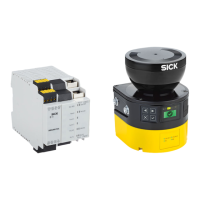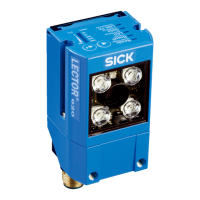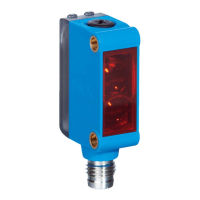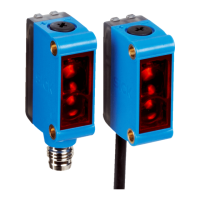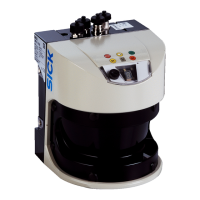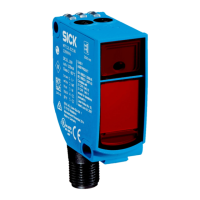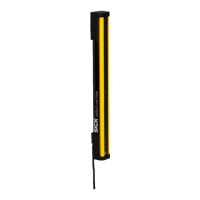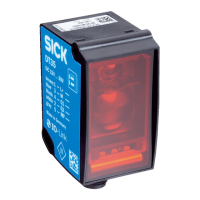
Do you have a question about the SICK D 35 Series and is the answer not in the manual?
| Brand | SICK |
|---|---|
| Model | D 35 Series |
| Category | Accessories |
| Language | English |
Title indicating the document's purpose.
Provides general context and information about the operating instructions.
Details safety precautions, intended use, and hazards.
Covers type labels and type codes for product identification.
Describes the physical structure and operational principles of the sensor.
Guidelines for safely moving and storing the distance sensor.
Instructions for physically installing the distance sensor.
Details on connecting the sensor electrically and safety measures.
Steps for teaching the sensor its operating parameters.
Process for adjusting analog output settings for specific applications.
Fine-tuning previously taught-in switching or analog points.
Adjusting sensor speed settings to optimize performance.
Accessing advanced functions and settings for customization.
Procedure to restore the device to its default factory configuration.
Performing teach-in via external signals or inputs.
Describes the physical transmission layer for IO-Link communication.
Details the structure and format of process data transmitted via IO-Link.
Provides access to device-specific service and configuration data.
SICK-specific parameters for configuring teach-in functions.
Configuration for using outputs as a signal level warning.
Setting time delays for switching output behavior.
Configuring outputs for weak signal alarms or no measurement conditions.
Adjusting the switching range or analog range center.
Functionality to measure the duration of an active output state.
Instructions and precautions for cleaning the sensor housing and screen.
Recommended maintenance tasks and their frequency.
Guidelines for environmentally responsible disposal of the device.
Detailed physical dimensions and mounting hole information.
Specifications related to the laser sender and optical components.
Data on measuring range, resolution, repeatability, and response times.
Details on voltage supply, power consumption, and ripple.
Specifications for switching and analog outputs.
Environmental conditions such as temperature, humidity, and light immunity.
Graphical representation of repeatability under different speeds.
Information on available accessories for the distance sensor.
A visual overview of various configuration and teach-in options.



